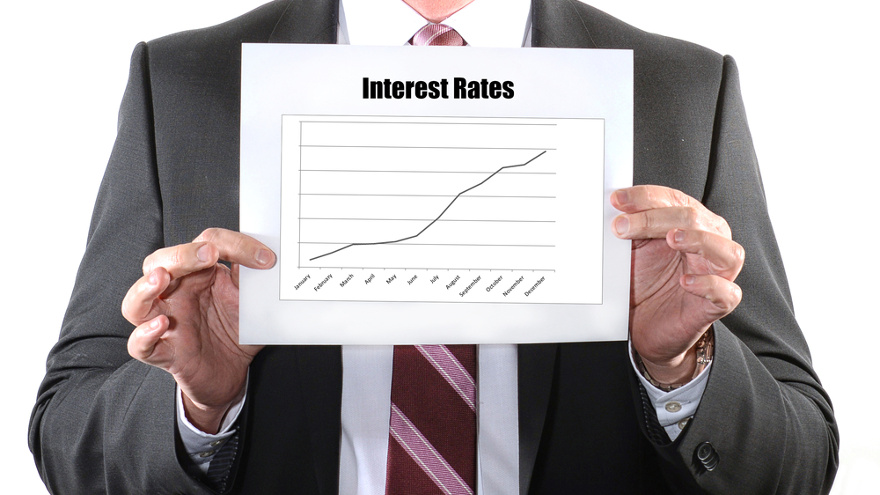APRs continue to rise as Fed passes on rate-hike chance

As down payments and the amount financed for new- and used-vehicle deliveries at franchised dealerships stay on a steady pace, Edmunds noticed the impact of the Federal Reserve pushing interest rates higher are starting to leave a mark on APRs.
Analysts noticed the annual percentage rate (APR) on financed new vehicles averaged 5.74 percent in July compared to 4.77 percent in July of last year, representing the largest year-over-year jump that Edmunds has seen so far in 2018.
While not quite as dramatic as the nearly 1 percentage point rise for new vehicles, APRs for financed used vehicles rose noticeably in July, too, as Edmunds saw the metric moved from 7.46 percent to 8.31 percent.
Edmunds analysts point to the scarcity of zero percent finance deals as the driving force behind interest rates sustaining near-record average highs in July.
Analysts indicated zero percent finance deals were slower to materialize for car shoppers in July as zero percent finance deals accounted for 6.92 percent of sales in July, compared to 11.34 percent in July 2017 and 11.18 percent in July 2013. Edmunds noted that this is the lowest share of zero percent finance deals seen in July since 2005.
“Zero percent finance deals typically peak in summer months as a tried-and-true automaker method of spurring outgoing model-year vehicle sales, so this appears to mark the end of a fairly long-lived tradition for the industry,” said Jeremy Acevedo, Edmunds’ manager of industry analysis. “While inventory isn't at the alarming level it was at this stage last year, how automakers navigate their model-year sell down will be critical through the rest of the year as the market contracts and prices continue to rise.
“Interest rates might be down slightly month-over-month, but they're still hovering near a nine-year high,” Acevedo continued. “With more Fed rate hikes ahead, it's not likely that APRs will be going down anytime soon.”
The Fed passed on its chance this week to adjust rates as the Federal Open Market Committee decided unanimously to maintain the target range for the federal funds rate at 1.75 to 2 percent.
“The stance of monetary policy remains accommodative, thereby supporting strong labor market conditions and a sustained return to 2-percent inflation,” the Fed said in its policy statement released on Wednesday.
The next time the Fed can modify interest rates comes on Sept. 26 with two more opportunities available in November and December.
No matter what the federal policymakers might do, it appears automakers are being more judicious with how much cash they’re slapping on hoods of new models.
“Incentives spending in July was relatively restrained as dealer inventory appears to be at a comfortable level; a sign automakers are managing production well in the post-peak era,” said Brad Korner, general manager for Cox Automotive Rates and Incentives.
“Regional incentives are still being used by OEMs where market share battles are heaviest,” Korner continued. “This use of regional, VIN-specific, conditional offers are smart, strategic investments by OEMS to apply incentives as necessary, protecting margins on the remainder of the transactions. New 2019 models in popular vehicle segments are selling with little or no cash offers.”
Meanwhile, finance companies kept down payments and the total amount financed on a steady track in July.
Edmunds indicated down payments for new-vehicle deliveries came in at $3,970 in July. That’s down $25 from the previous month but up $349 from a year ago.
Analysts added that down payments for financed used models stood at $2,582 in July. While that’s off by $30 on a sequential basis, the amount is $114 higher than a year earlier.
As far as the total amount financed per delivery in July, Edmunds pinpointed the amount at $30,903 for new cars and at $21,574. Those figures are $214 and $293 higher year-over-year, respectively.

 View The Latest Edition
View The Latest Edition

